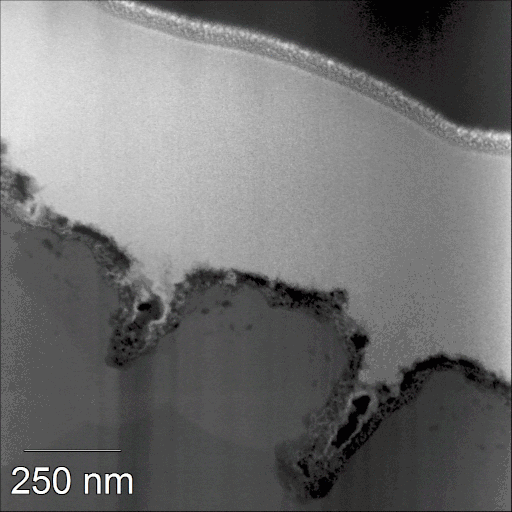Paper on Surface Deposits in Fusion Energy Systems Published in Nuclear Materials and Energy
Our new manuscript, led by Weilin Jiang, has just been published in Nuclear Materials and Energy! In it we examine surface deposits on tritium-producing assemblies, with implications for the lifetimes of fusion energy systems. We employ a combination of high-resolution structural and chemical probes, identifying surface products and pathways in these systems.
From the abstract:
Co-deposition of carbon atoms with hydrogen isotopes and hydrogenated carbon radicals and molecules is recognized as the main mechanism for tritium retention in the graphite walls of the previous tokamak fusion devices. Significant tritium retention would be a serious concern for safe and economic long-term operation of future fusion test reactors and fusion energy systems. Similar deposits are observed on the surface of the engineered components in a tritium-producing assembly, known as a Tritium-Producing Burnable Absorber Rod (TPBAR). Characterization of the deposits can help understand the tritium transport, accumulation history and distribution in TPBARs. This study reports our recent results from the carbonaceous deposits formed on an aluminide-coated cladding in the lower plenum of a TPBAR following thermal neutron irradiation. The observed deposits are amorphous in nature, consisting of flakes of interconnected nanoscale features. They contain primarily double-bonded carbon (e.g., alkene) and carbonyl carbon, as well as a minor fraction of aliphatic carbon, all of which are likely tritiated. A similar co-deposition process that occurred in previous fusion devices is responsible for the formation and growth of the carbonaceous deposits.
To view the manuscript, visit: https://doi.org/10.1016/j.nme.2020.100797
To download the manuscript directly, click here.
